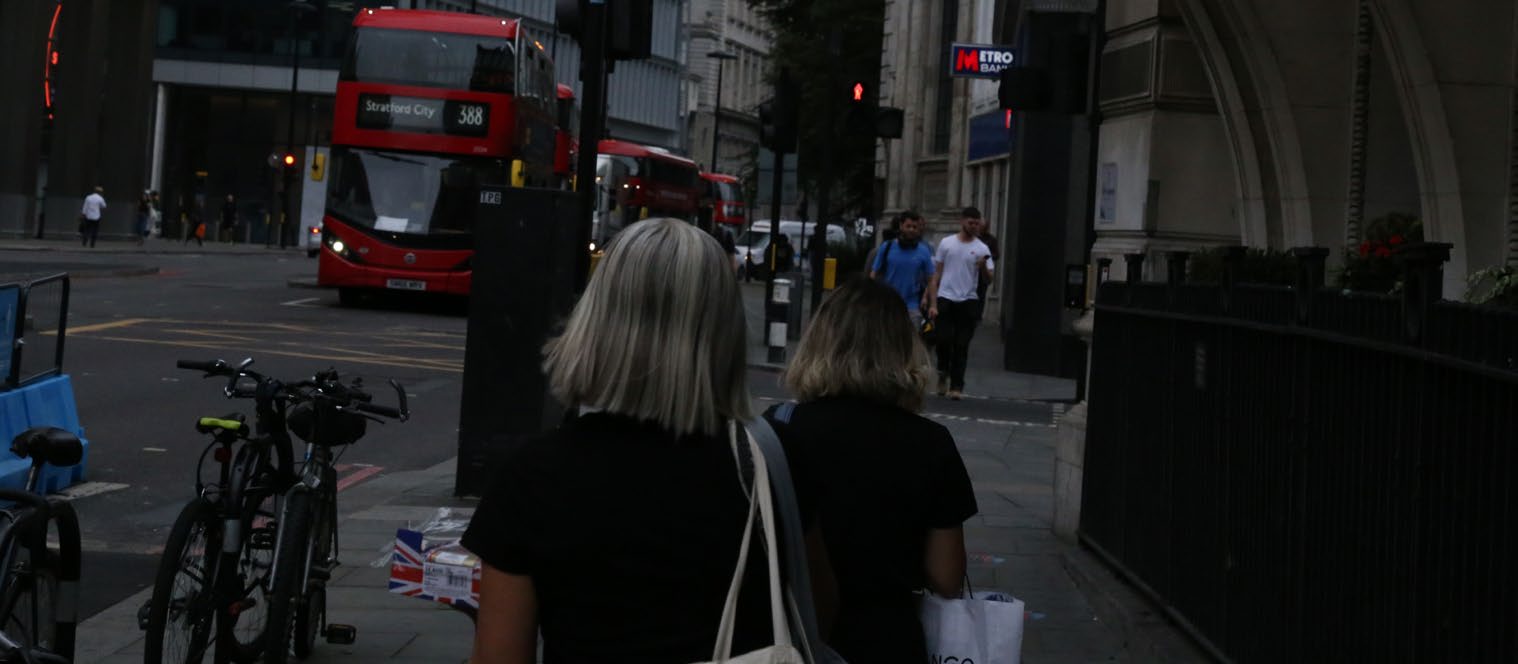Difference between revisions of "Defining an Alternative Pathfinding Method by Approaching Social Distancing through Micro and Macro Level in the City"
Abel Maciel (talk | contribs) |
Abel Maciel (talk | contribs) (→Abstract) |
||
| Line 12: | Line 12: | ||
=Abstract= | =Abstract= | ||
| − | The outbreak of the Coronavirus in 2020 | + | The outbreak of the Coronavirus in 2020 impacted social behaviors and urban daily activities greatly. Activities involving city path-finding and navigation have been impacted particularly because the new virus is air transmissible, meaning that crowding should be avoided. There have been numerous social distancing measures defined for daily activities in cities. However, there have not been sufficient virus safety measures for pathfinding. There is thus a need for a pathfinding method that can produce paths that could be perceived as safe from the virus by navigators. |
| − | Related studies include the mobile app “Safe Paths”, a 2020 research by MIT Media Lab which uses Bluetooth to track the number of people in locations and find paths that can be the safest from the virus. This is a time-based approach as it deals with the live tracking of pedestrians. A second study by Space Syntax Limited, | + | Related studies include the mobile app “Safe Paths”, a 2020 research by MIT Media Lab which uses Bluetooth to track the number of people in locations and find paths that can be the safest from the virus. This is a time-based approach as it deals with the live tracking of pedestrians. A second study by Space Syntax Limited, employed a probability-based approach, based on street network analysis, aiming to propose cycling and walking plans. |
| − | Rather than only using a macroscale method for pathfinding, this research aims to use both a macroscale and microscale method, as both spatial configuration and human experience matter for navigation in paths. Additionally, based on the related work, as a time-based | + | Rather than only using a macroscale method for pathfinding, this research aims to use both a macroscale and microscale method, as both spatial configuration and human experience matter for navigation in paths. Additionally, based on the related work, as a time-based approach is not cost-efficient, a probability-based approach is chosen as the methodology. |
=Presentation= | =Presentation= | ||
Revision as of 18:52, 24 April 2022
DC I/O 2021 Poster by SAHAR GOHARI MOGHADAM, AVA FATAH GEN. SCHIECK and PETROS KOUTSOLAMPROS.
Abstract
The outbreak of the Coronavirus in 2020 impacted social behaviors and urban daily activities greatly. Activities involving city path-finding and navigation have been impacted particularly because the new virus is air transmissible, meaning that crowding should be avoided. There have been numerous social distancing measures defined for daily activities in cities. However, there have not been sufficient virus safety measures for pathfinding. There is thus a need for a pathfinding method that can produce paths that could be perceived as safe from the virus by navigators.
Related studies include the mobile app “Safe Paths”, a 2020 research by MIT Media Lab which uses Bluetooth to track the number of people in locations and find paths that can be the safest from the virus. This is a time-based approach as it deals with the live tracking of pedestrians. A second study by Space Syntax Limited, employed a probability-based approach, based on street network analysis, aiming to propose cycling and walking plans.
Rather than only using a macroscale method for pathfinding, this research aims to use both a macroscale and microscale method, as both spatial configuration and human experience matter for navigation in paths. Additionally, based on the related work, as a time-based approach is not cost-efficient, a probability-based approach is chosen as the methodology.
Presentation
Conference Poster
Keywords
PENDING
Reference
DOI: https://doi.org/10.47330/DCIO.2021.HSPW7821
Bibliography
- AL-SAYED, K., TURNER, A., & HILLIER, B. (2013). Space Syntax Methodology, The Bartlett School of Graduate Studies, University College London, UK.
- BATTY, M. (2020). The Coronavirus crisis: What will the post-pandemic city look like? : Urban Analytics and City Science, Vol. 47(4) 547–552
- DUCKHAM, M. & KULIK, L. (2003). “Simplest” Paths: Automated Route Selection for Navigation. Spatial Information Theory. Foundations of Geographic Information Science, pp.169-185.
- GRAJEWSKI, T. (1992), VAUGHAN, L. (2001), Space Syntax Observation Manual, UCL.
- HILLIER, B. (2007), Space is the Machine: A Configurational Theory of Architecture. Space Syntax: London, UK. pp.99
- LANNING, D., HARRELL, G., WANG, J., (2014), Dijkstra’s algorithm and Google

